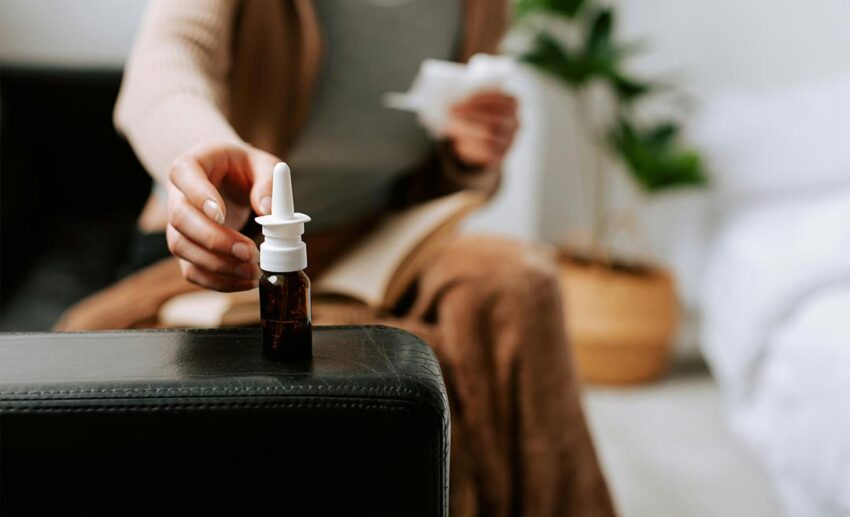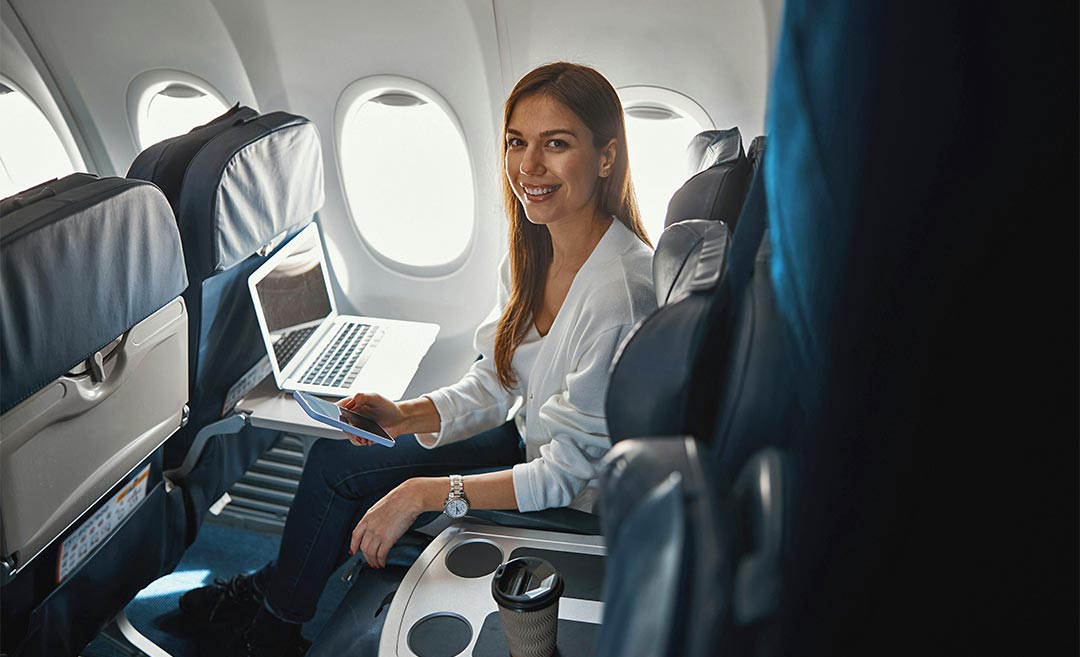Do your ears ever feel like they’re on a different journey when you’re flying? You’re not alone! Many travellers experience discomfort or pressure in their ears due to changes in altitude. Fortunately, popping your ears is a simple way to relieve this sensation.
Whether you’re a frequent flyer or just going on vacation, knowing how to safely pop your ears during a flight can make your journey much more comfortable. Let’s explore why your ears become blocked and how you can safely relieve that pressure while in the air.
Understanding airplane ear: What’s happening in your ears?

Before we jump into techniques for popping your ears, it helps to understand why they get clogged in the first place. The discomfort you’re feeling results from unequal air pressure between your middle ear and the plane’s cabin. This imbalance occurs during ascent and descent when air pressure changes rapidly.
Normally, the Eustachian tubes, tiny passageways that connect your middle ear to the back of your throat, help equalise pressure by allowing air to flow in and out. But when they can’t open properly, pressure builds up, causing discomfort, muffled hearing, or even pain. This is commonly known as ‘airplane ear’ or barotrauma.
Safe techniques to pop your ears during a flight

Popping your ears is the process of opening your Eustachian tubes to equalise the pressure between your middle ear and the airplane cabin. Here are some tried-and-true methods to do this safely:
1. Swallowing
Swallowing is a natural and gentle way to pop your ears because it activates the muscles that open the Eustachian tubes. You can try:
- Chewing gum: Chewing helps stimulate saliva production and encourages swallowing. The repetitive motion of your jaw helps regulate pressure naturally.
- Sucking on candy or lozenges: Sucking on something also helps with saliva production, which encourages you to swallow more frequently.
2. Yawning
Yawning helps stretch the muscles around the Eustachian tubes, encouraging them to open. Sometimes, just faking a yawn can trigger the right muscles to work, even if you’re not sleepy. It’s a simple and effective method, especially during the plane’s descent.
3. The Valsalva manoeuvre
This is one of the most commonly recommended techniques for popping your ears. Here’s how to do it:
- Close your mouth.
- Pinch your nostrils shut.
- Gently blow air into your nose while keeping your mouth closed and your nostrils pinched. The key here is to be gentle! Blowing too hard can damage your eardrum. If done correctly, you’ll feel a slight ‘pop,’ and the pressure should ease. This technique is particularly useful during the plane’s ascent and descent when pressure changes most rapidly.
4. The Toynbee manoeuvre
This method combines swallowing and holding your nose shut:
- Pinch your nostrils closed.
- Take a sip of water.
- Swallow the water while your nose is still pinched. This action uses the swallowing mechanism to help equalise the pressure.
5. Use pressure filtering earplugs
Specialised ‘airplane ear’ earplugs, like EarPlanes, are designed to regulate pressure gradually during flights. You can wear them during takeoff and landing to minimise pressure buildup. Though these don’t actively pop your ears, they can prevent the need for frequent popping altogether.
Preventative tips to avoid ear pressure buildup

While knowing how to pop your ears is helpful, preventing the issue in the first place is even better. Here are some tips to avoid ear discomfort during a flight:
1. Stay hydrated
Dehydration can make your mucous membranes dry out, leading to clogged Eustachian tubes. Drink plenty of water before and during your flight to keep these membranes moist, which allows your ears to equalise pressure more effectively.
2. Take a decongestant
If you’re prone to ear issues or have a cold or allergies, taking a decongestant an hour before the flight can help reduce swelling in your nasal passages and Eustachian tubes. Look for over-the-counter options such as pseudoephedrine or nasal sprays (used before boarding and landing). Always consult a doctor first, especially if you have underlying health conditions.
3. Use a nasal spray
Using a saline nasal spray can help keep your nasal passages moist and lower the risk of congestion. This, in turn, supports the proper function of your Eustachian tubes. Spraying a few times before takeoff and during descent can help ensure better airflow to the middle ear.
4. Avoid sleeping during takeoff and landing
The ascent and descent are when pressure changes dramatically, so staying awake during these phases allows you to equalise the pressure actively. Swallowing, yawning, or performing the Valsalva manoeuvre will be harder if you’re asleep.
5. Avoid flying with a cold or sinus infection
We hear you. When you’ve got to fly, you’ve got to fly. But, if possible, avoid flying when you’re congested, as clogged sinuses make it much harder for your ears to equalise pressure. If you must fly while sick, take extra precautions such as using a decongestant, nasal spray, or earplugs designed for air travel.
When to seek medical help

In most cases, the airplane ear is temporary and resolves shortly after landing. However, if the pressure in your ears persists or worsens after the flight, it could be a sign of more severe barotrauma or an ear infection. If you experience any of the following, it’s time to see a doctor:
- Severe pain that lasts after the flight
- Ongoing dizziness or hearing loss
- Fluid or blood drainage from the ear
Your doctor can recommend further treatment, which may include medication or, in rare cases, minor surgery to alleviate the pressure. Additionally, taking preventative measures like staying hydrated, using decongestants, and wearing specialised earplugs may also help avoid the need to pop your ears altogether.




